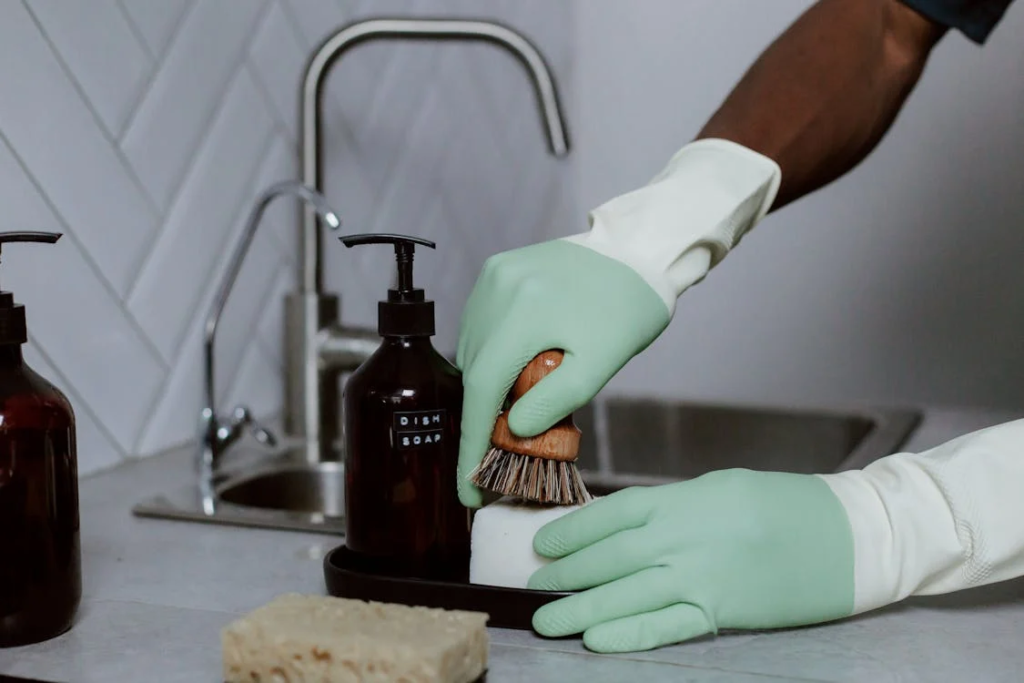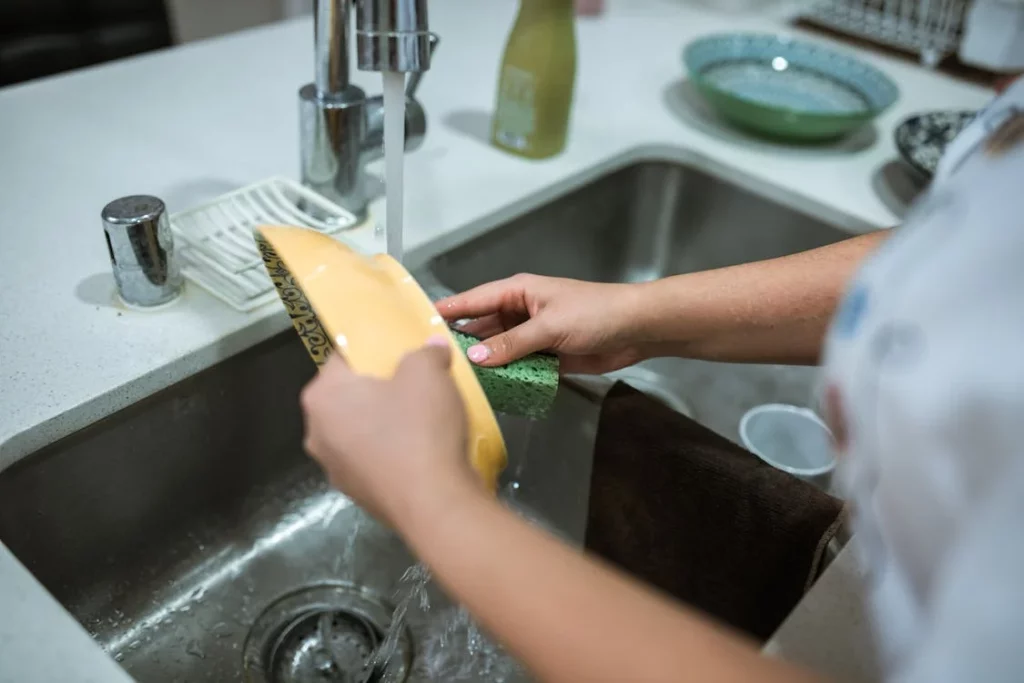That Small Hole in Your Sink? It Has a Surprising Purpose
Sinks are an essential part of our daily lives, yet there are features about them that many of us overlook. One such feature is the small hole located just beneath the faucet in many bathroom and kitchen sinks. Have you ever wondered about its purpose? This unassuming hole, known as the overflow hole, plays a critical role in your sink’s functionality. Let’s dive into what this feature does, why it’s important, and how you can ensure it remains in good working order.
The Purpose of the Overflow Hole

The overflow hole is cleverly designed to prevent water from spilling over the sink’s edge. It serves as a secondary drainage system for situations when the water level in the sink rises too high. The overflow hole is connected to the main drainage system via a small pipe, allowing excess water to flow directly into the drain.
This feature is especially helpful in preventing accidents. For example, if you leave the faucet running while you’re distracted or if a clog slows water from draining, the overflow hole steps in as a safety measure. Without it, an overflowing sink could lead to water damage on your countertops, cabinets, and even floors.
Preventing Overflow and Flooding
In our fast-paced world, distractions are inevitable. It’s easy to leave the faucet running while answering a phone call or attending to something urgent. The overflow hole is designed to act as a backup to keep water contained within the sink.
This secondary drainage system not only minimizes water wastage but also reduces the risk of costly repairs caused by flooding. It’s a subtle yet indispensable component that ensures your bathroom or kitchen remains a safe and dry space. Imagine the chaos of discovering a flooded room simply because the sink lacked this small but powerful feature!
How the Overflow Hole Contributes to Hygiene
Apart from preventing spills, the overflow hole also aids in overall sink hygiene. When you wash your hands or dishes, some water splashes around the sink, potentially stagnating in less accessible areas. The overflow hole helps in circulating water more efficiently, reducing the buildup of stagnant water that can become a breeding ground for bacteria.
By maintaining a steady flow, this feature contributes to a cleaner and healthier sink environment. But like any part of your home, the overflow hole requires attention and care to perform at its best.
Maintenance and Cleaning of the Overflow Hole

Over time, the overflow hole can collect debris, soap scum, and even bacteria, leading to blockages or unpleasant odors. Regular maintenance is essential to keep it functioning properly.
Start by using a sink-cleaning brush or pipe cleaner to remove visible dirt from the overflow hole. Next, flush the area with boiling water to dissolve grease and other buildups. A regular cleaning routine not only ensures the hole remains clear but also prevents the spread of odors caused by trapped grime.
Addressing Foul Odors
If you notice unpleasant smells emanating from your sink, the overflow hole might be the culprit. A natural and effective solution is to use a mixture of baking soda and vinegar.
Pour a cup of baking soda into the overflow hole, followed by a cup of white vinegar. The fizzing action helps break down organic materials causing the odor. Let it sit for about 15 minutes, then rinse with boiling water to wash away any residue. This simple yet powerful method can leave your sink smelling fresh and clean.
Ensuring Optimal Sink Functionality
To keep your sink functioning at its best, the overflow hole should be part of your regular cleaning routine. Inspect it periodically to ensure there are no blockages or debris accumulation.
Keeping this feature in good condition doesn’t just improve functionality—it also extends the life of your sink. A well-maintained overflow hole can save you time, money, and frustration in the long run by preventing potential water damage or hygiene issues.
Fun Fact: The History of the Overflow Hole

You might be surprised to learn that the overflow hole isn’t a modern invention. Early sink designs included similar features to prevent spills in communal washing areas. As plumbing systems evolved, the overflow hole became a standard component in household sinks, demonstrating how timeless ingenuity can address everyday problems.
Seemingly Insignificant, Yet Important
Image Credit: Pexels
The small hole in your sink may seem insignificant, but it plays a vital role in maintaining a functional, safe, and hygienic environment. By understanding its purpose and incorporating simple maintenance steps into your routine, you can prevent accidents, reduce odors, and extend the life of your sink.
Next time you glance at that tiny hole beneath your faucet, give it the recognition it deserves—it’s the unsung hero of your bathroom or kitchen!
Source: secretlifeofmom
